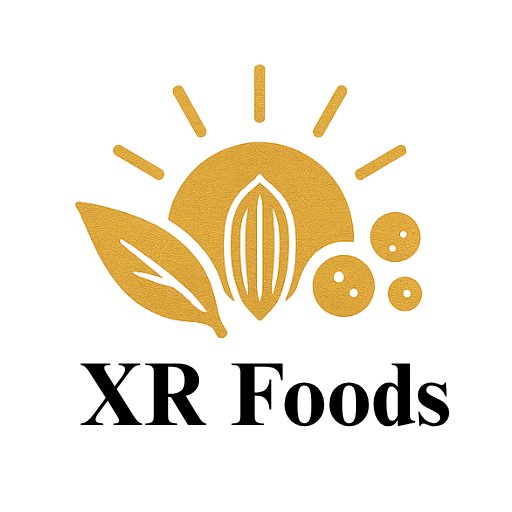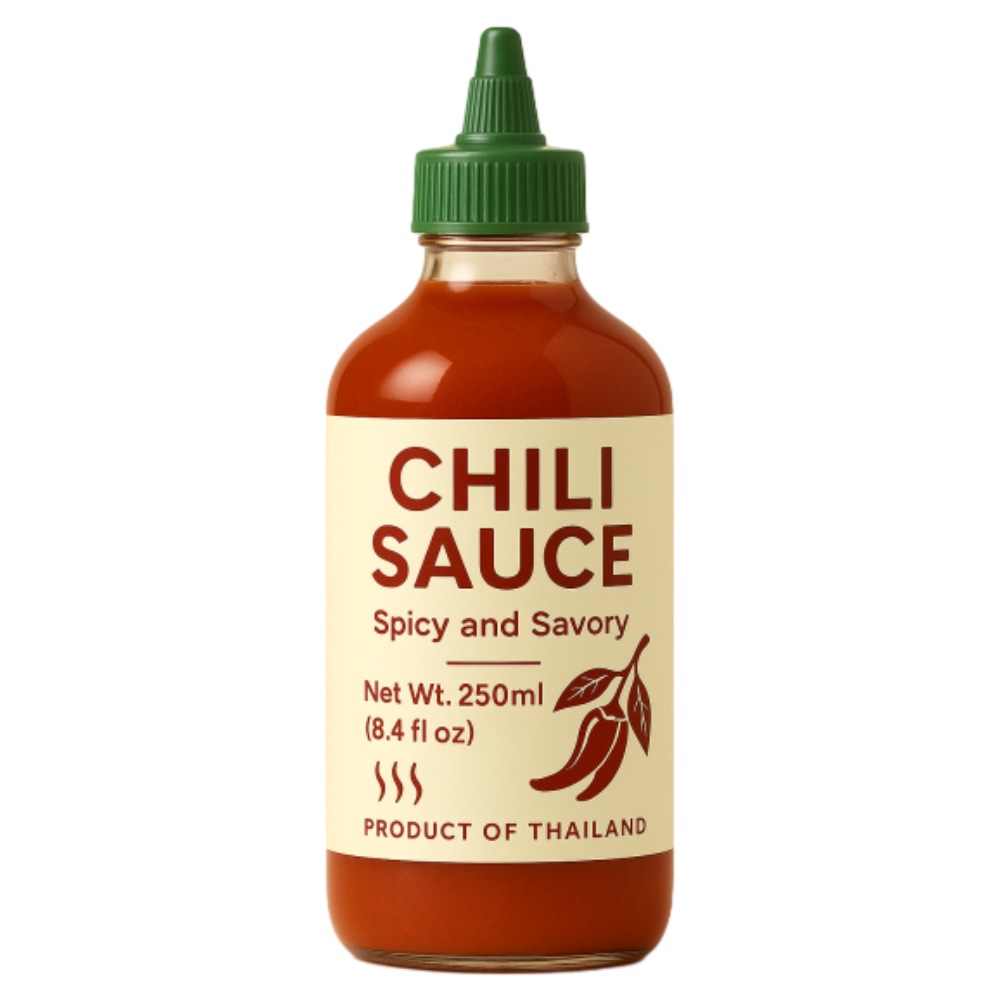Are you passionate about spicy flavors and looking to launch your own chili sauce brand? Whether you’re an importer, distributor, food brand, or restaurant owner, starting a private label chili sauce line is more achievable than ever — especially with the help of a reliable OEM (Original Equipment Manufacturer) partner.
In this article, we’ll walk you through the key steps to building your own chili sauce brand, from idea to production and export, with insights from over 15 years of OEM experience in the seasoning industry.
1. Understand Your Market and Target Flavor Profile
Before jumping into production, it’s essential to understand:
- Who your customers are (retail, foodservice, e-commerce buyers)
- What heat level they prefer (mild, medium, extra hot)
- Which flavor base fits your region (garlic-forward, vinegar-based, fermented, sweet-spicy)
Popular international chili sauce styles include:
- Asian-style garlic chili sauce
- Mexican-style smoky chili paste
- African-style peri-peri sauce
- Western-style hot pepper ketchup blends
By identifying your niche, you can guide your OEM partner to formulate the right taste.
2. Choose an Experienced OEM Chili Sauce Manufacturer
Your manufacturer plays a key role in ensuring product quality, safety, consistency, and labeling compliance. Here’s what to look for:
- Experience in OEM & private label production
- Certifications like HALAL, HACCP, ISO22000, FDA
- Ability to customize formulation, packaging, and labeling
- Export support with MOQ flexibility and fast lead time
- In-house R&D team and sauce production facilities
At Xiangrui Foods, we’ve helped clients in over 30 countries launch successful chili sauce products with both standard and customized formulas.
3. Develop Your Custom Recipe (Optional)
You can choose from a factory’s existing formulas or create your own chili sauce recipe from scratch. If you’re developing a custom formula, consider:
- Chili variety (fresh red chili, fermented chili, chili flakes)
- Heat intensity (Scoville level)
- Ingredients (vinegar, garlic, sugar, oil, etc.)
- Shelf life targets (12–24 months)
Your OEM partner will create samples and adjust based on your feedback. We recommend tasting 2–3 versions before finalizing.
4. Design Packaging That Matches Your Brand
Packaging is one of the first things customers notice. You’ll need to decide on:
- Bottle or jar type: Glass, PET, squeezable plastic, etc.
- Label style: Glossy, matte, full-wrap, barcode-ready
- Size options: 150g, 250g, 350g, 500g, or foodservice 2.5kg
- Languages: Labels can include English, Arabic, French, Spanish, etc.
Most OEM factories like Xiangrui Foods offer label design assistance, or you can send your own artwork.
5. Confirm MOQ, Production Timeline & Logistics
Once your product and packaging are approved, the factory will confirm:
- MOQ (usually 1,000 bottles or 300kg in bulk)
- Lead time (normally 15–25 working days)
- Payment & shipping terms (FOB, CIF, DDP, etc.)
- Documents: You’ll receive export docs, health certificates, CO, etc.
6. Launch and Promote Your Brand
With your chili sauce in production or on the way, it’s time to:
- Create your product listings (Amazon, Shopee, wholesale portals)
- Set up your B2B or DTC website
- Showcase your packaging and story on social media
- Use videos and photos from the factory for marketing
Your OEM factory can also supply behind-the-scenes photos and process videos to help you build brand credibility.
Final Tips
- Always request samples before mass production
- Clarify all labeling requirements in advance
- Work with a certified, export-ready factory — not just a trading company
Need a Chili Sauce Manufacturer? We Can Help.
At Xiangrui Foods, we specialize in OEM chili sauce production, with a full range of bottles, bulk packaging, custom recipes, and label solutions.
✅ HALAL & ISO certified
✅ Fast lead time & flexible MOQ
✅ Exported to the USA, Southeast Asia, Middle East & Europe
✅ 15+ years of factory experience
📩 Contact us now to request a free sample or private label quote.

